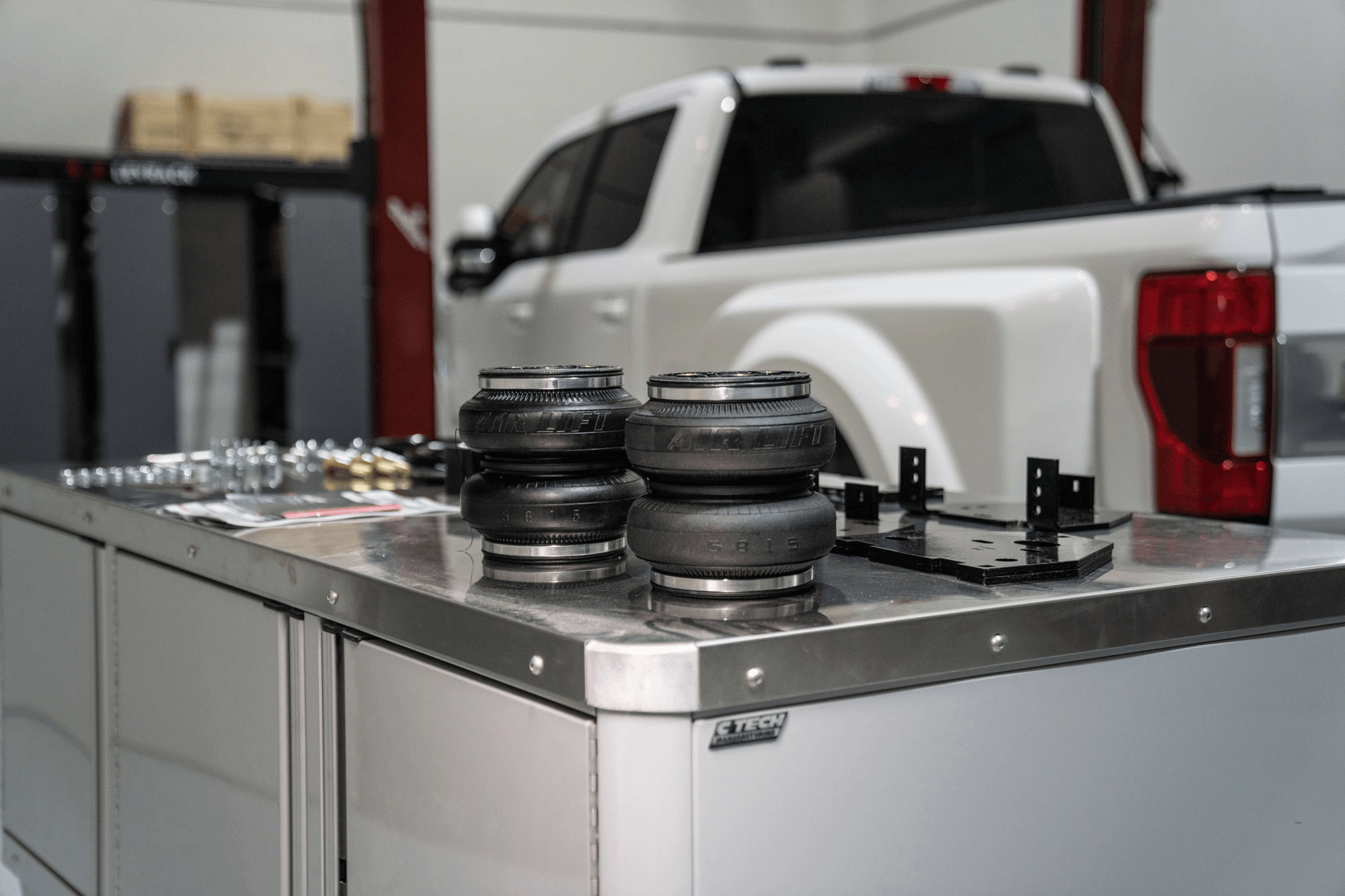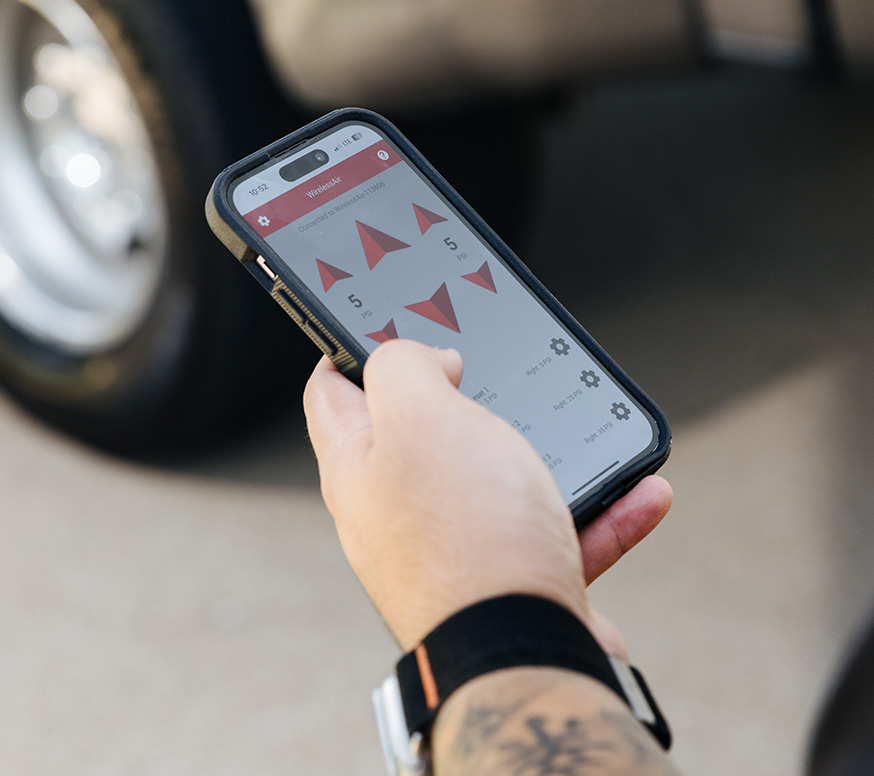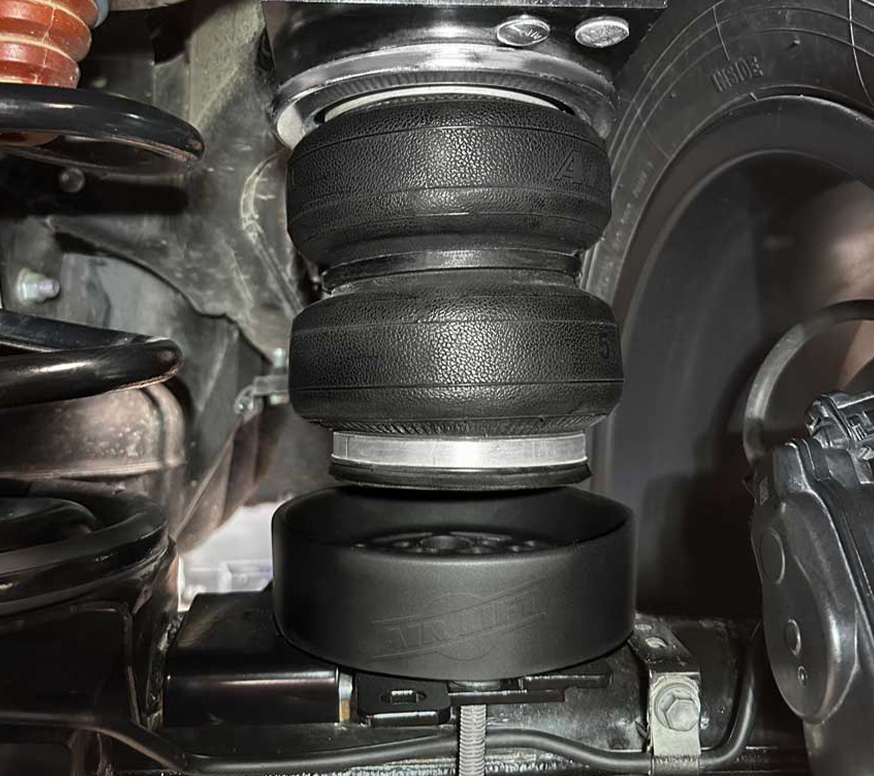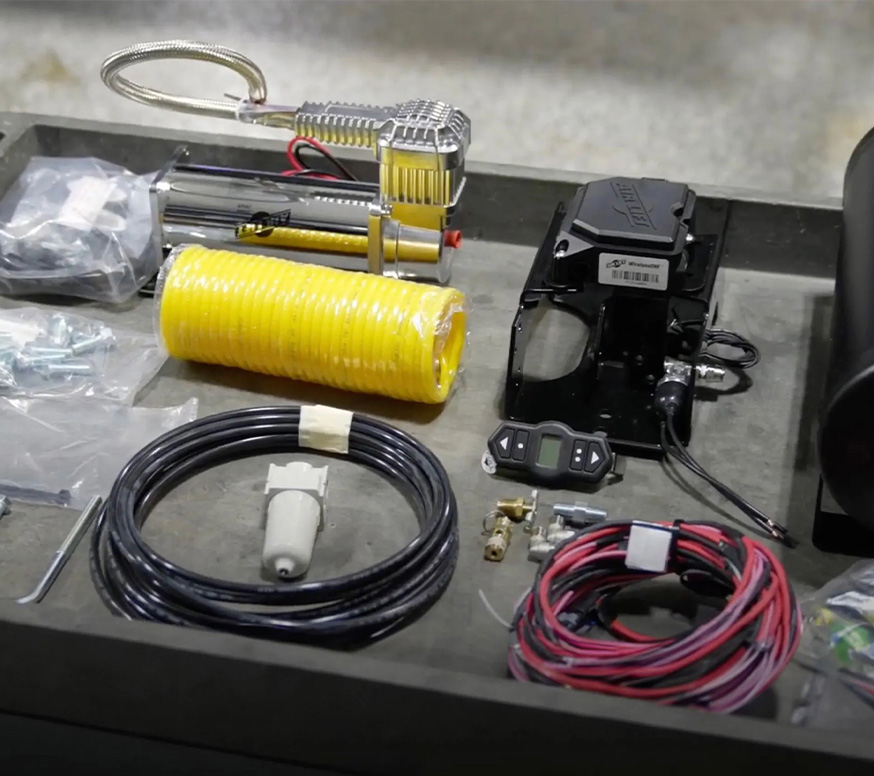
Six Signs That You’re Not Hauling Safely
10/23/2014
1. You’re over your GVWR.

Everything can affect the weight of your vehicle, from the load you’re carrying to the number of passengers, to the mass of the car itself, to how much fuel is in the tank.
The gross vehicle weight rating (GVWR), or gross vehicle mass (GVM), is the maximum operating weight or mass of a vehicle. This value is specified by the manufacturer and you should always avoid loading your vehicle beyond this recommended weight. Doing so can cause damage to vehicle and put you and others at risk on the road.
2. Your suspension is sagging in front or back.

We’ve said it before and we’ll say it again: SQUAT IS NOT NORMAL!
You can generally tell that your vehicle is sagging just by stepping out of the car and taking a look – compare the look of the unloaded vehicle to the look of the vehicle when it’s fully loaded.You’ll notice that, typically, the rear end of the vehicle will drop down so that there is significantly less space between the wheel and wheel well, and the front of the vehicle will appear angled up.
You can also tell if your vehicle is sagging from inside the cab, if your headlight aim is angle upward instead of straight-on.
If the front or rear of the car seems to be lower than the other, you have some suspension sag and it needs to be addressed!
3. Your vehicle is lopsided or leaning.

This is similar to the suspension sag, but this means that there is a difference in ride height from left to right. While sag means that your vehicle is loaded too heavily, however, a lopsided vehicle means that the vehicle is loaded in a way that makes one side heavier than the other.
If you’re driving with an uneven load, your vehicle will be riding unevenly on the pavement, which put you, your vehicle, your passengers, and other drivers on the road at risk. You run all kinds of risks, from wearing your tires down unevenly to actually rolling your car.
4. Lots of bounce or sway when you hit bumps in the road.

Cars are engineered to clear bumps and potholes (within reason), but any vehicle is going to struggle to behave normally when it’s loaded up with cargo and passengers. If you find that your vehicle is jolting up and down like crazy every time you drive over a dip or bump in the road, you might need a little air suspension help from us here at Air Lift.
We talk about “bottoming out” pretty frequently. If you’re unfamiliar with what that means, let’s talk about it; if you basically wrote the book on this stuff, feel free to skip ahead.
“Bottoming out” refers the frame of the car hitting the axle. This means that your suspension has been compressed all the way down, and that shock isn’t being absorbed when you hit bumps in the road. This is pretty common in stock cars, which are designed to sit low and hug pavement and might get a little banged up on a bumpy strip. For your towing and hauling vehicle, however, this should definitely not be happening.
5. Your shocks wear out way too quickly.

Carrying heavy loads will wear your shocks down faster than you might realize. If your shocks are worn down, you shouldn’t drive on them anyway, let alone continue to haul heavy cargo.
How do I know if my shocks are worn down?
- Perform the driveway shock test: Push down hard on each corner of the vehicle. If the vehicle bounces more than once after you release a corner, it means your shocks may be shot.
- The recommended expert test: A qualified mechanic can get your car up on a lift and look for all kinds of worn-shock symptoms, including leaks, signs of wear and tear, and basic physical damage like dents and scrapes.
Shocks last different amounts of time, depending on the vehicle, so you might have to do some research on the vehicle in question. The general recommendation is that you replace your shocks every 50,000 miles, but that’s not law. If you find that you’re running your shocks down way sooner than that, you might not be towing or hauling correctly.
6. You aren’t using Air Lift air suspension.

What it comes down to is this: if you’re not on Air Lift air spring suspension, you are not towing and hauling as safely as you could be.
Our air springs are carefully engineered, brutally tested, and proudly sold to customers all over the world.
We can’t tell you what to do, but we will say this: some things are best left to the professionals and we are the professionals when it comes to air spring suspension. If you want to tow and haul safely, we want to be a part of it. Our first and foremost goal is to keep you, your family, and your cargo safe.









